架構師訓練營 week10 總結
10.1 微服务:服务本身的设计、维护以及治理
monolithic problems
Hard to complier and deploy
Hard to manage code
Database connection
Hard to add new features
Web Service - Weaknesses
bloated register mechanism
XML low-efficiency serializer
Slow HTTP connection
Complicated deployment and maintenance
Microservice requirement
Failover
Load balancer
High-efficiency Communication
the least injection for an original application
Versioning
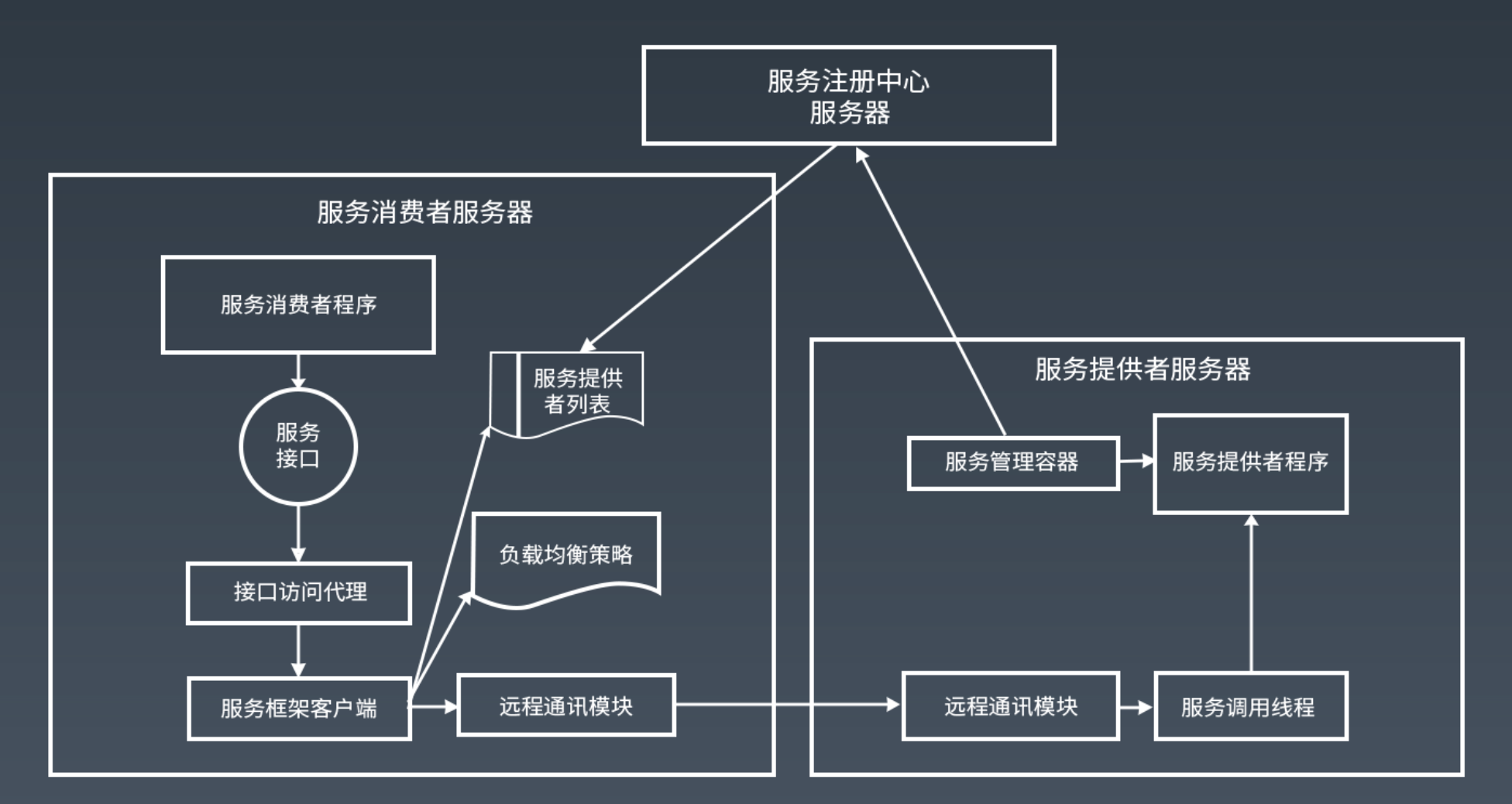
Service mesh
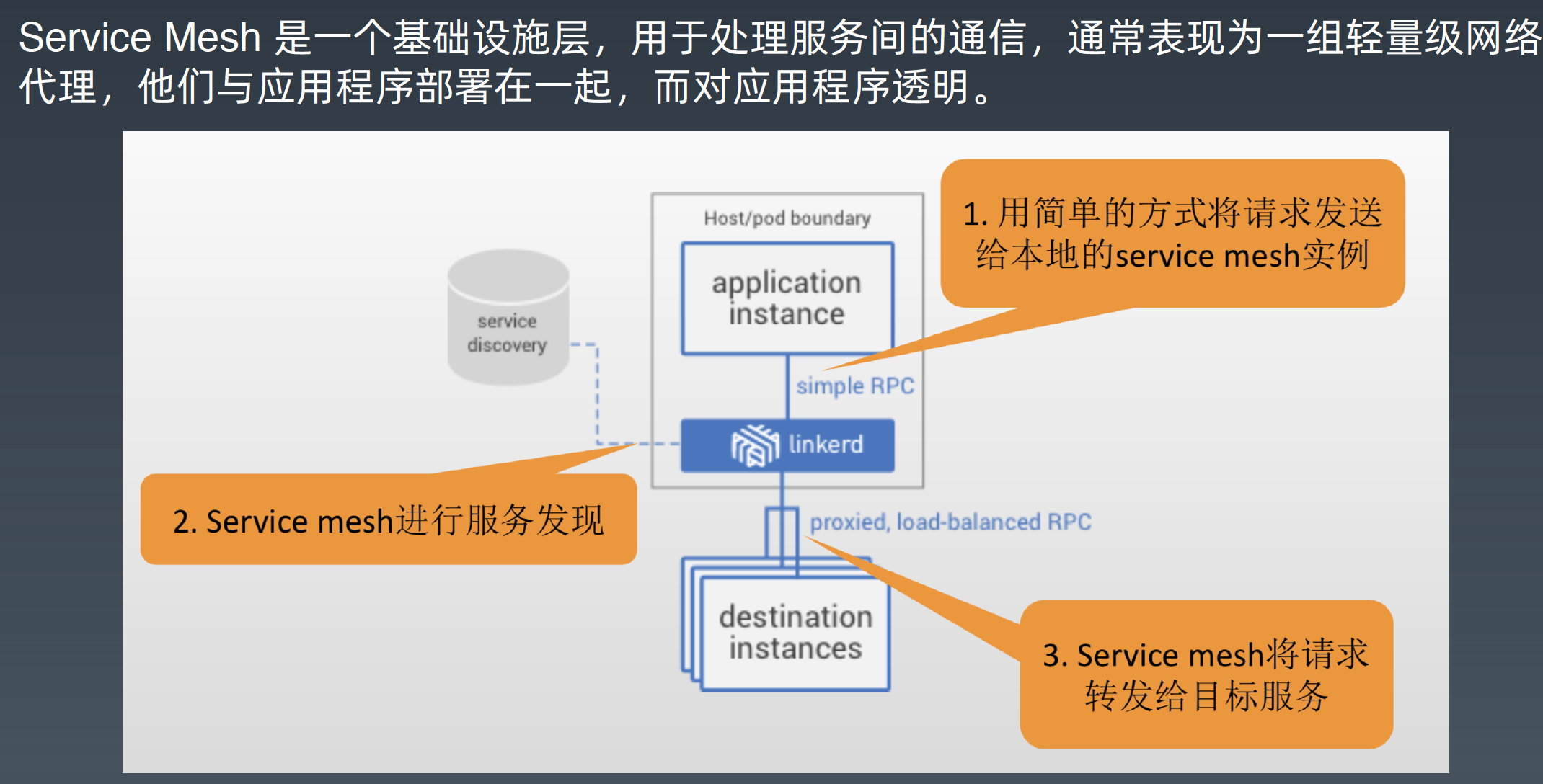
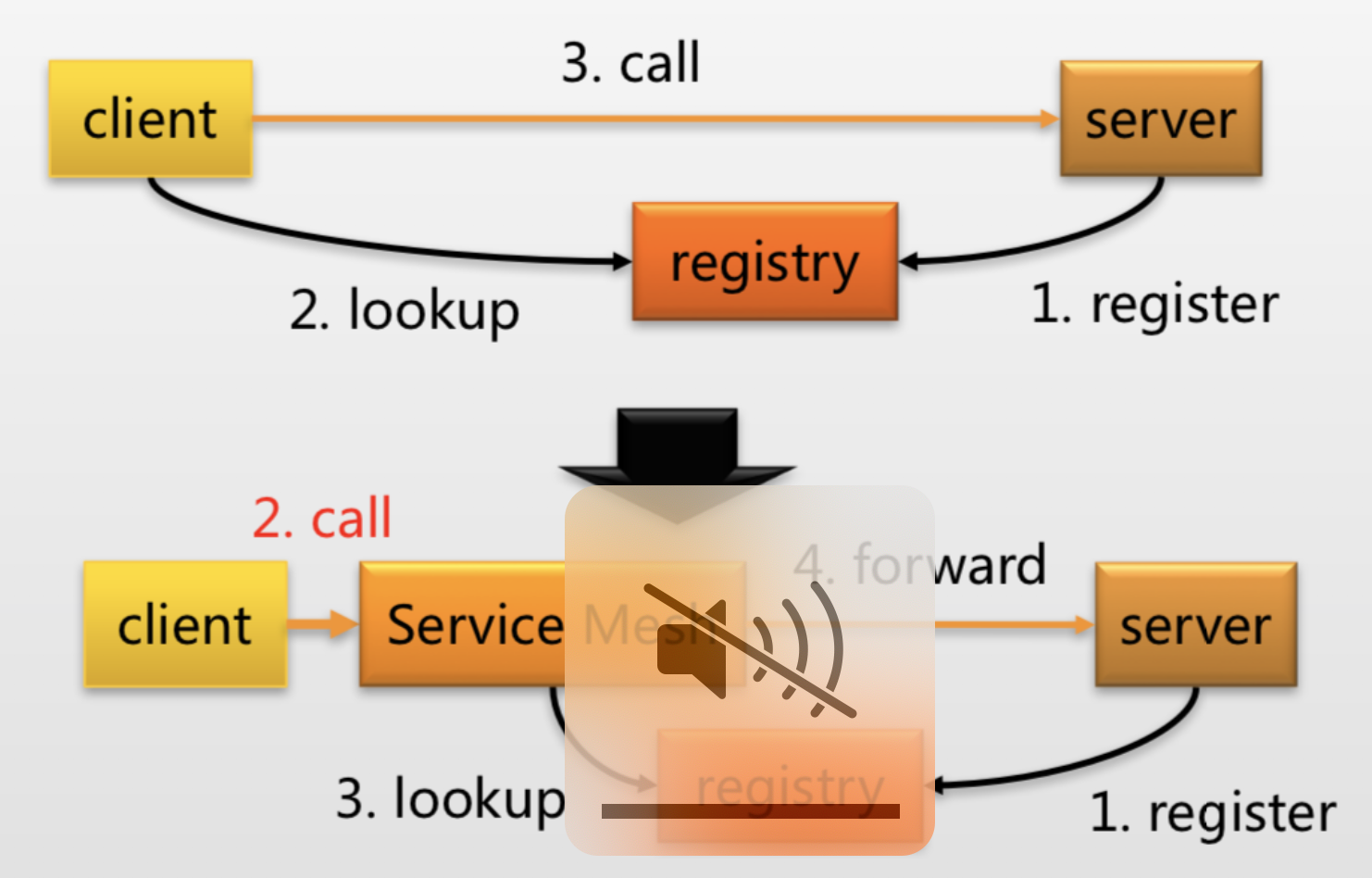
10.2 微服务:落地实践的策略与思路
微服務架構落地
Business first, figure out business boundary and dependance first. Tech is a means, not a goal
independent module first, then distributed service
Seriously look into how to refactor high coupling and complicated system
What is the purpose? Reuse? Clear development boundary? Distributed system to enhance performance
CQRS - Command and Query Responsibility Segregation
Clear domain model
Can performance tunning for read and write
Event tracking
recover
monitor
Breaker
Error handling
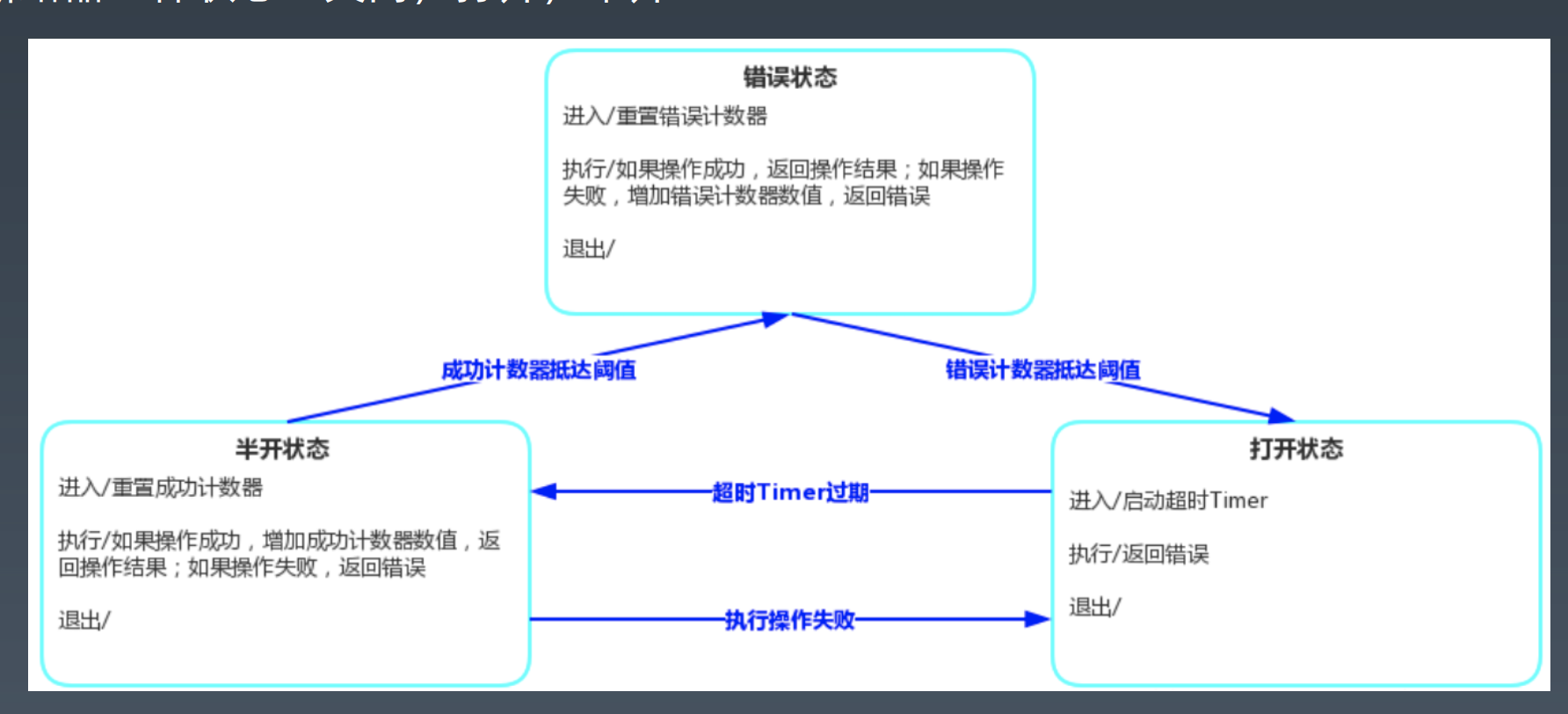
Service retry and timeout
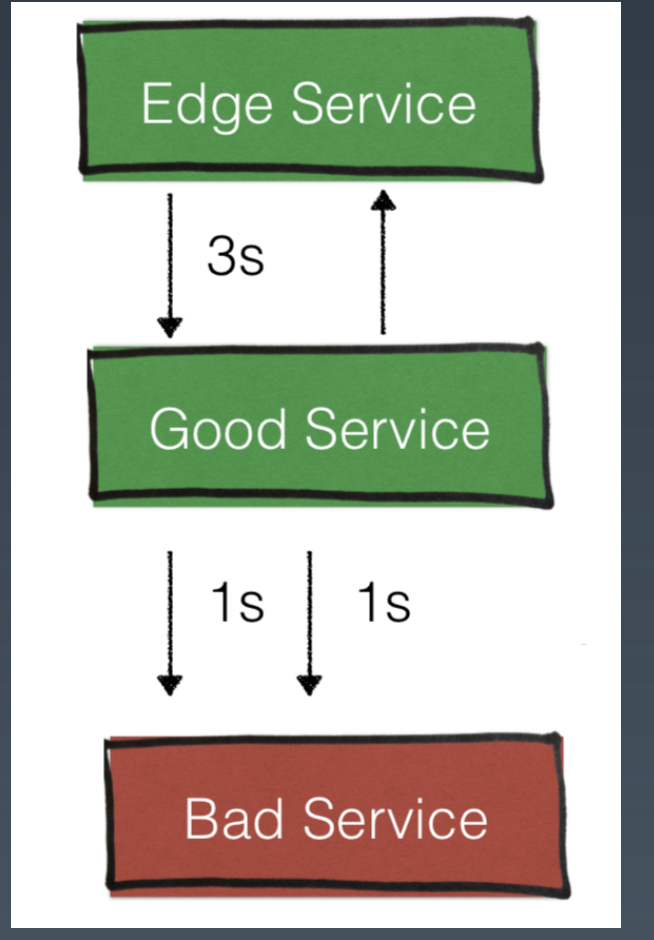
The most important thing is requirement
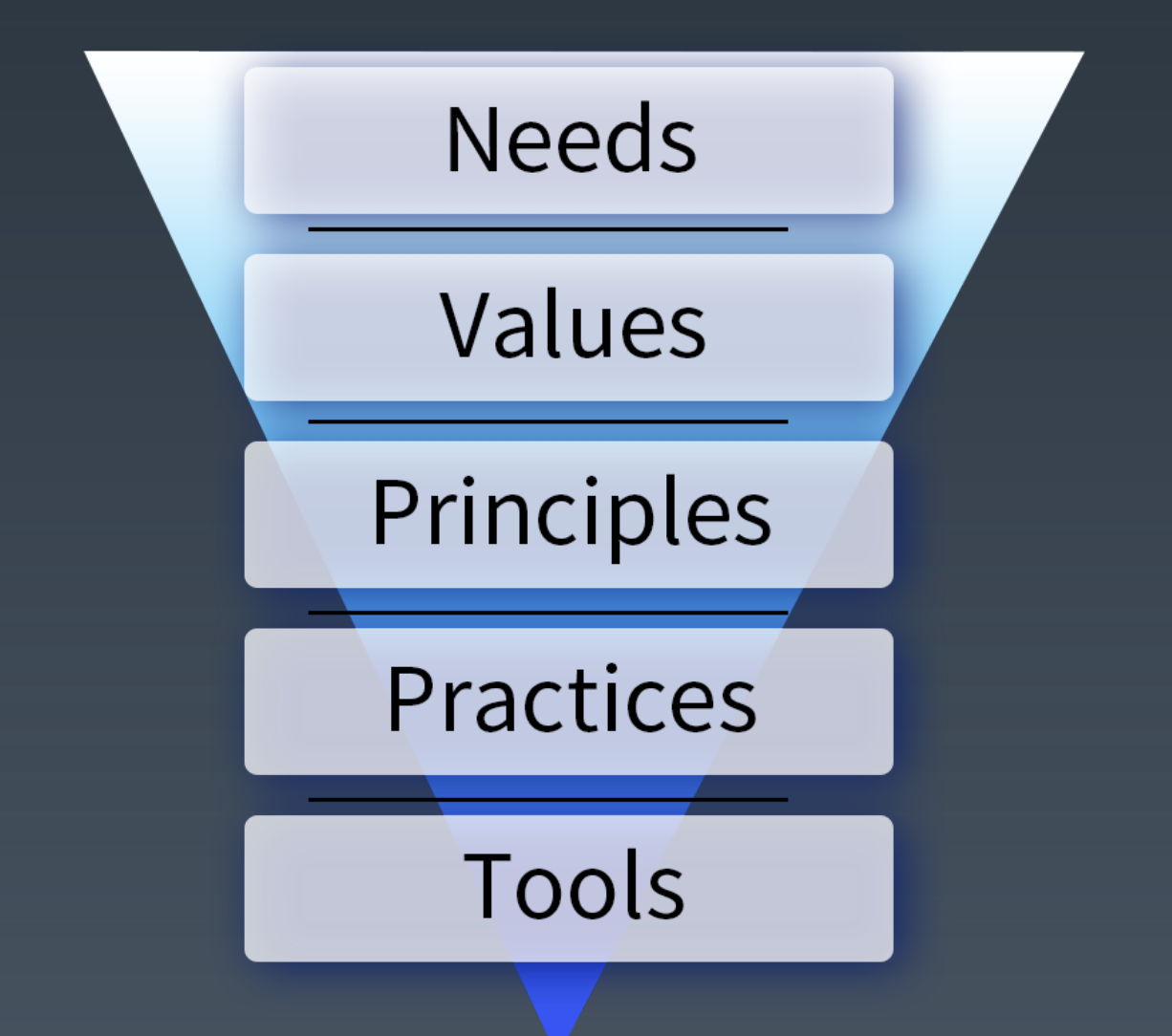
10.3 微服务网关的技术架构
API gateway structure
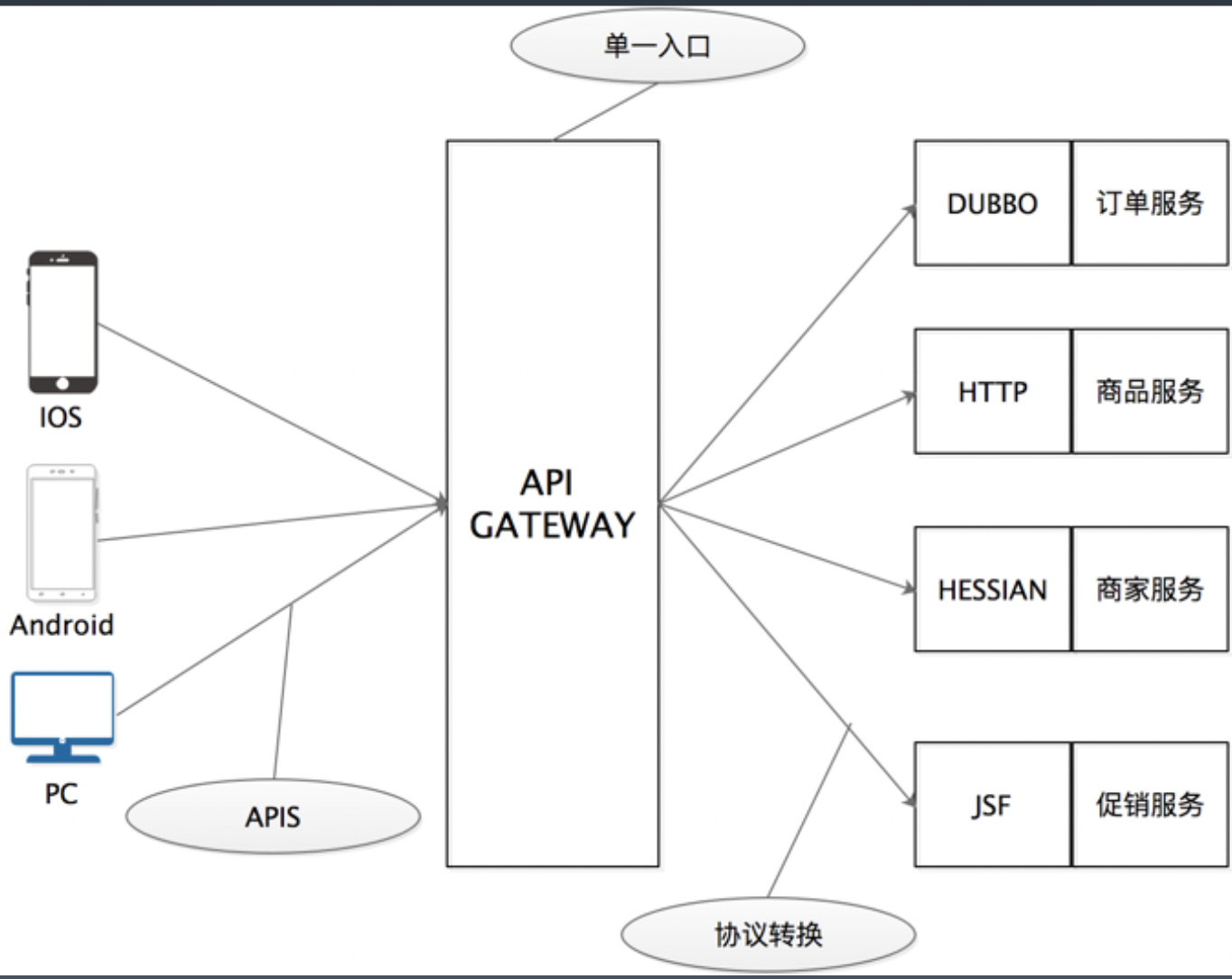
Unified access
Flow control and fault tolerance
Protocol adapter
Security
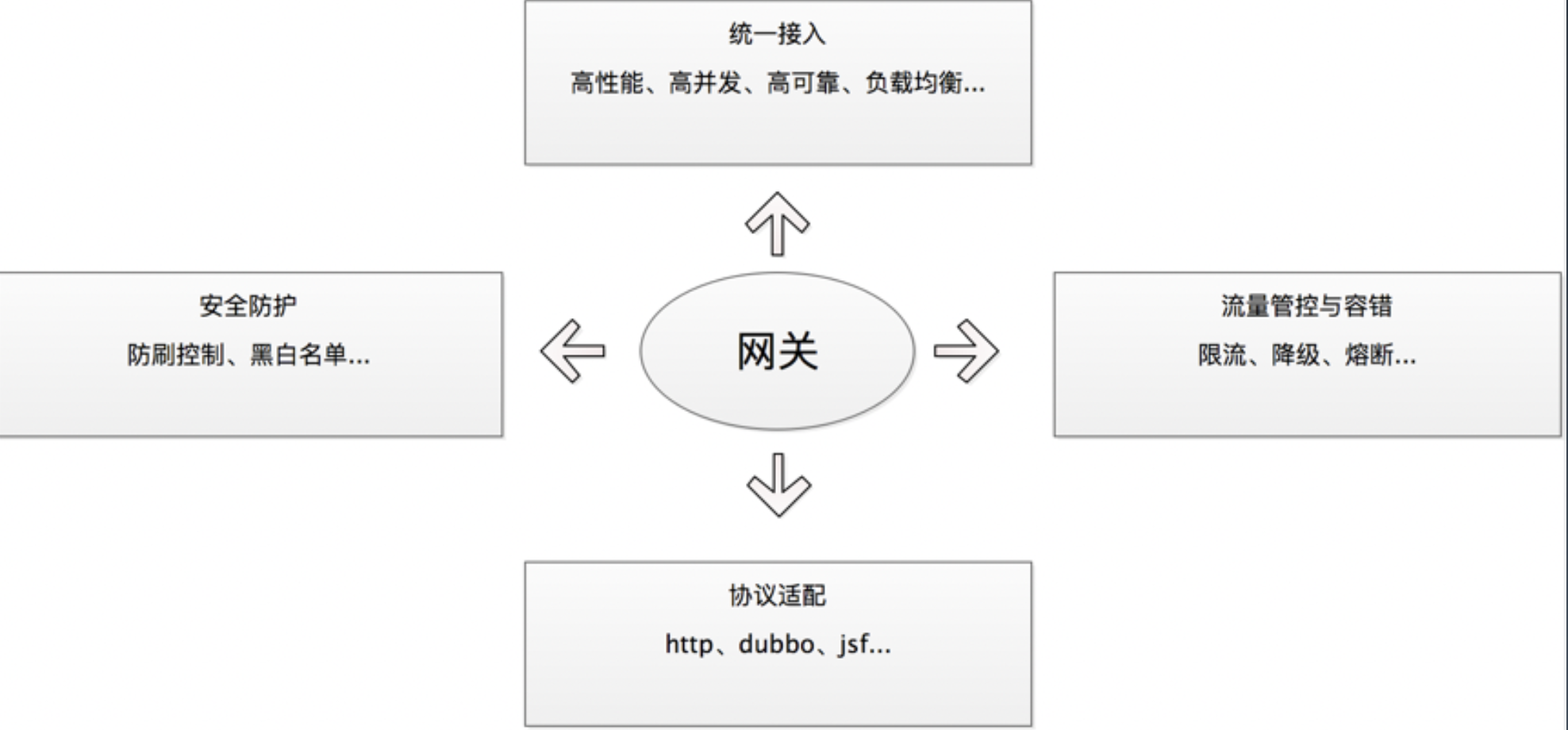
Register center, consumer and service provider
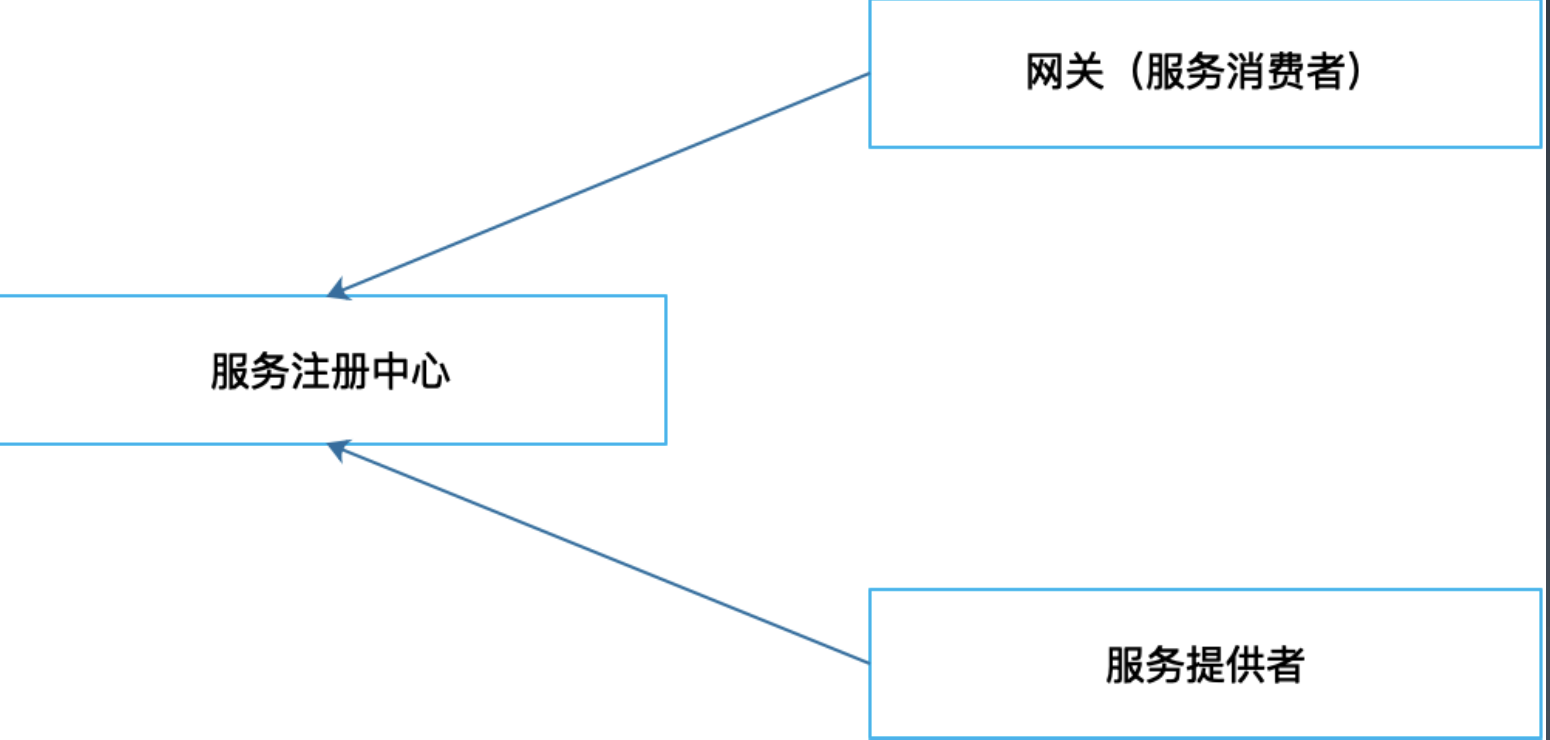
No business logic, mainly focus on validation

async structure
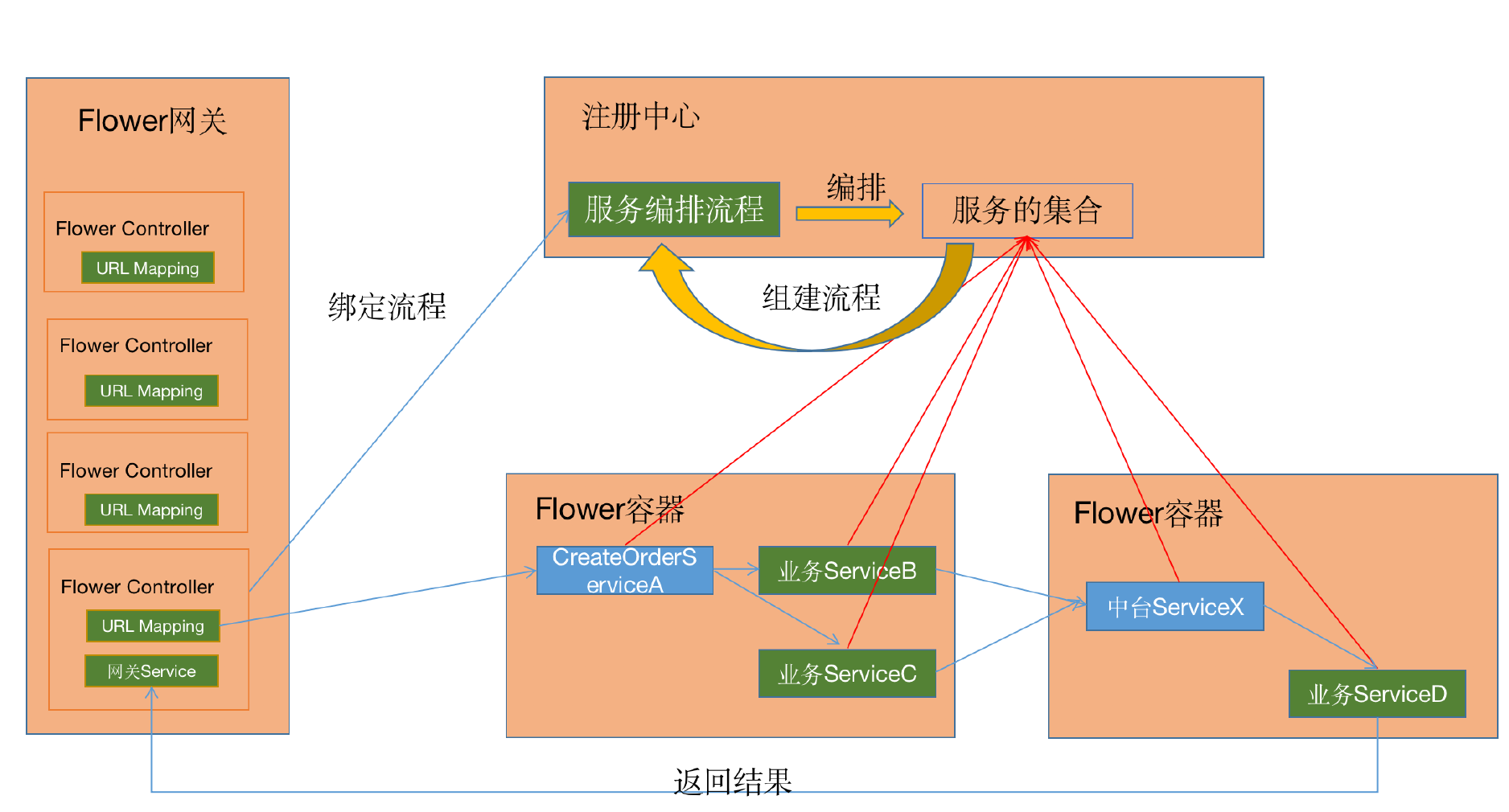
API interface
Protocol adapter
security
Audit: monitor, count
routing
Flow - hide internal detail, provide united interface
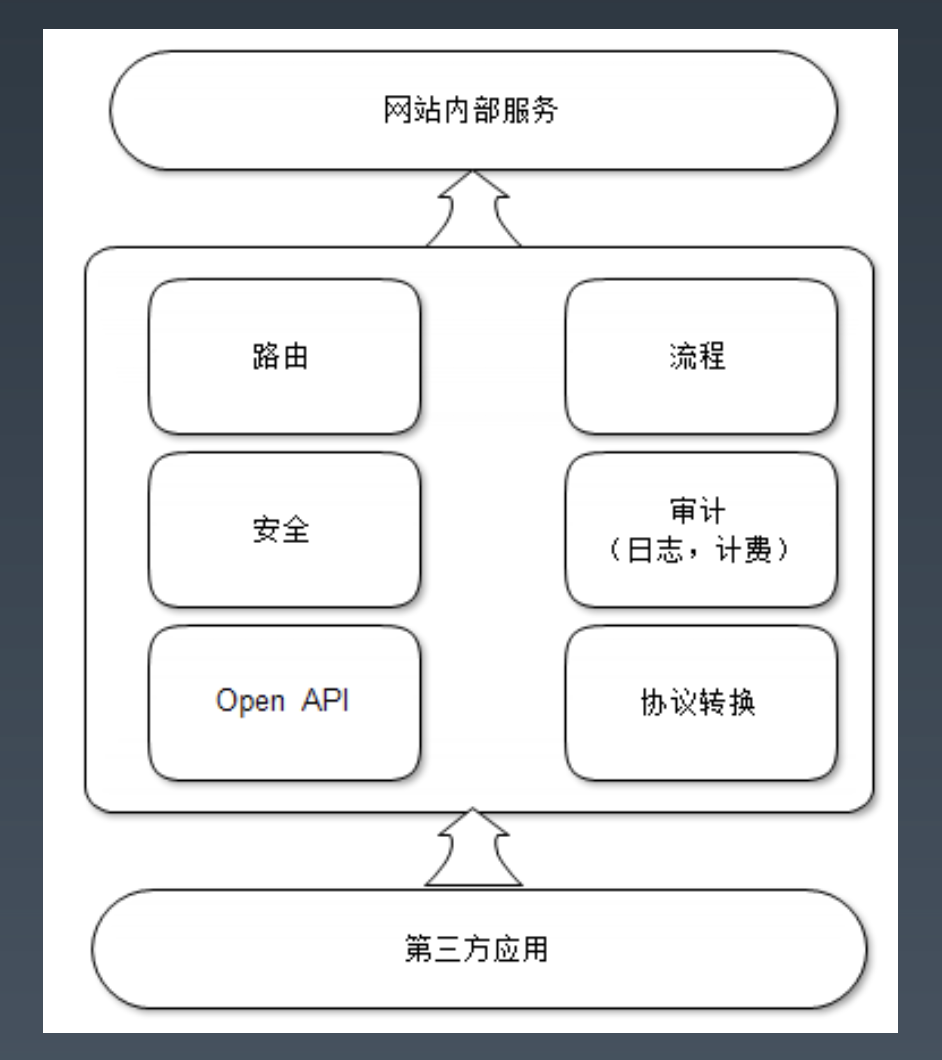
Oauth2
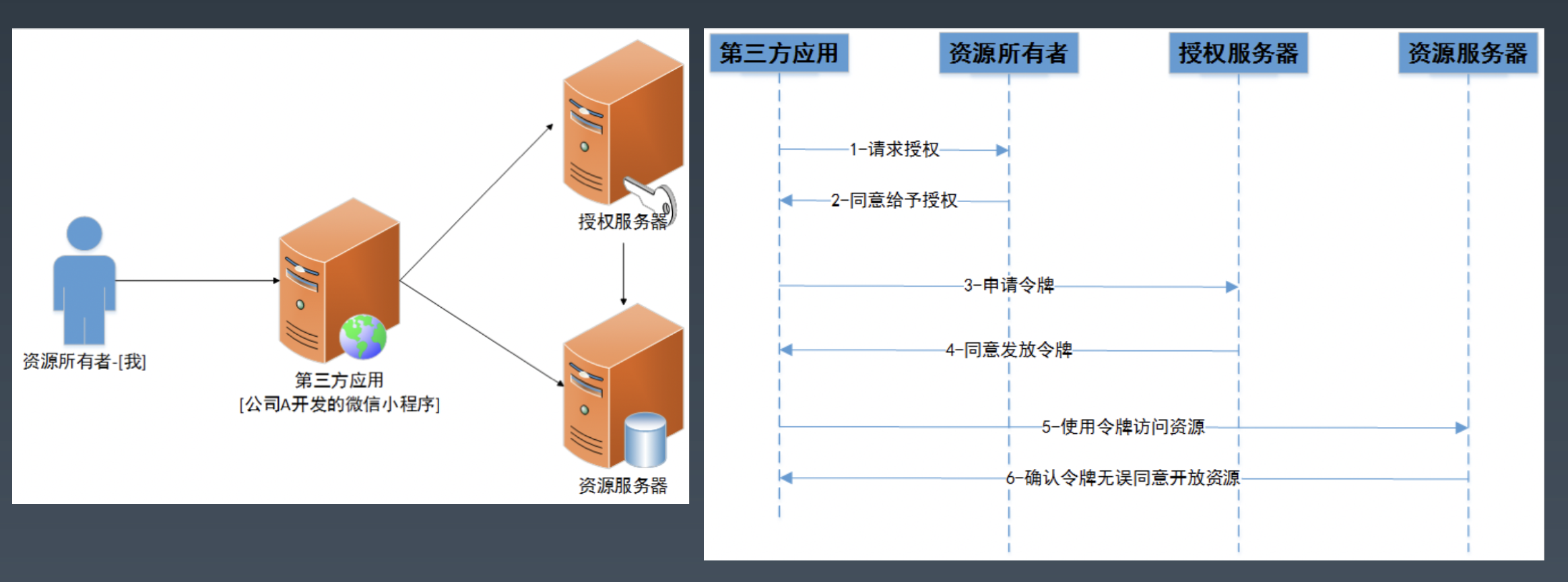
10.4 领域驱动设计DDD
貧血模型 (anaemic domain model)
Service 和 Dao 只有方法,沒有數值成員變量

充血模型 (rich domain model)
包含了對象的數據和計算邏輯

DDD 戰略設計
限界上下文:限界上下文和子域具有一對一的關係,用來控制子域的邊界,保證子域內的慨念統一性
上下文映射圖:不同的限界上下文,也就是不同的仔細或模塊之間會有各種的交互作用,DDD使用上下文映射圖來設計這種關連
DDD 戰術設計
實體:把握住實體的特徵是什麼,實體應該承擔什麼職責,分析時要放在業務場景和限界上下文中
值對象:DDD推薦盡可能將對象設計為值對象 - 不變性
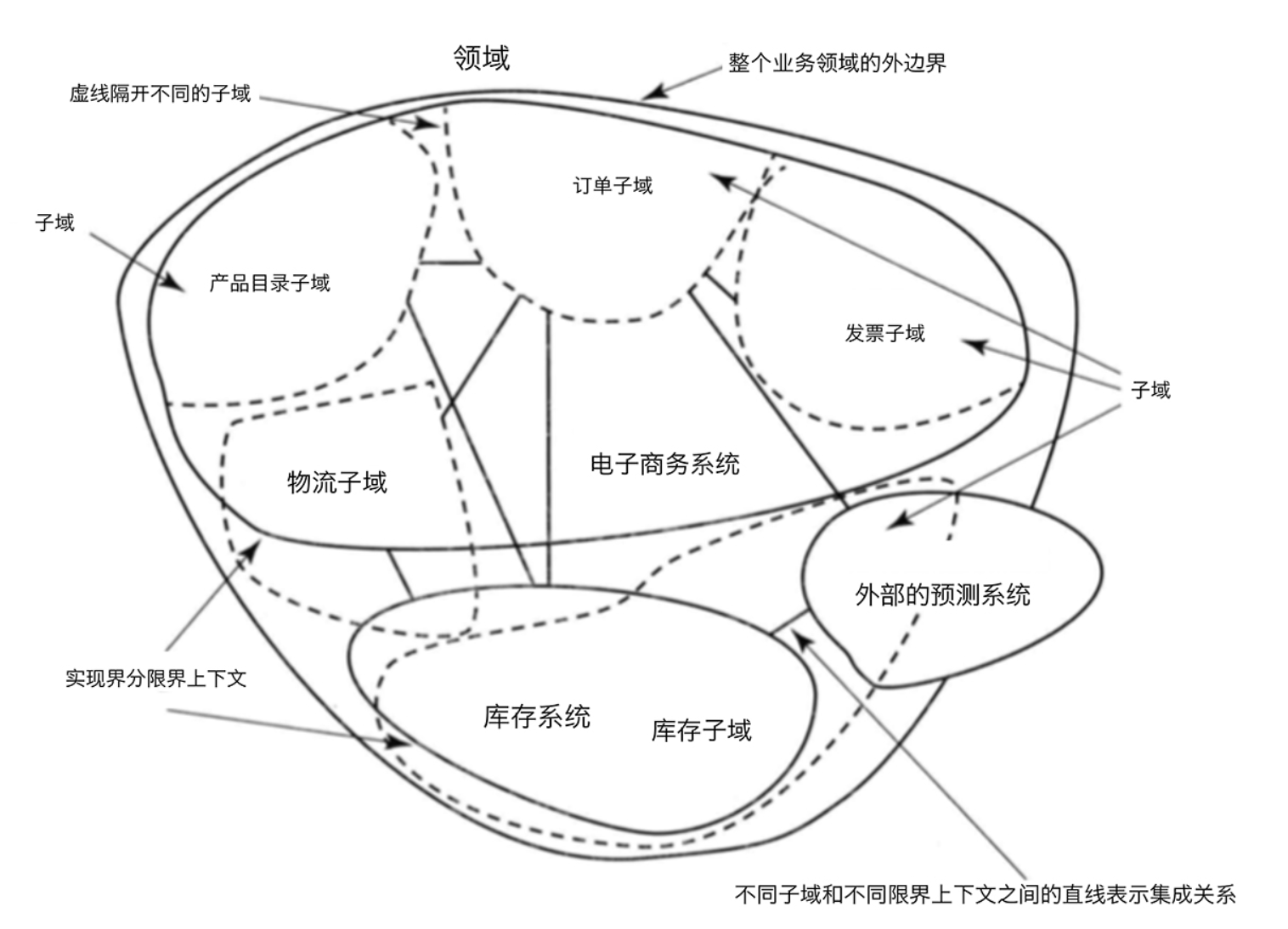

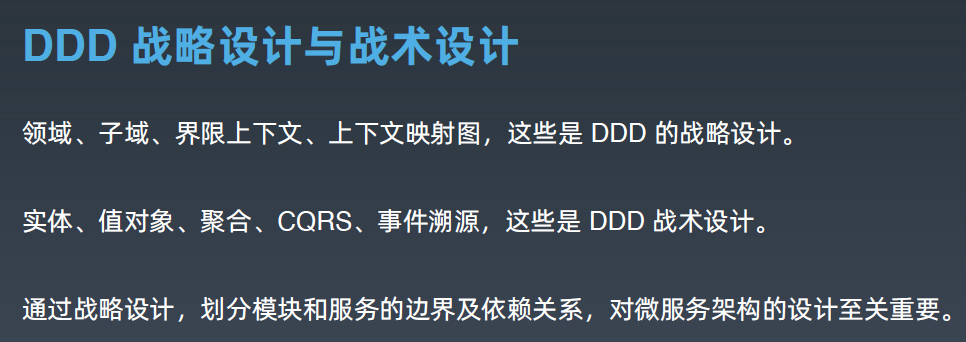
10.5 软件组件设计原则
內聚原則
複用發佈等同原則
共同封閉原則
共同複用原則
不是被共同依賴的類,就不應該放在同一個組件中
耦合原則
無循環依賴原則
穩定依賴原則
穩定抽象原則
穩定的組件應該是抽象的
不穩定的組件應該是具體的
10.6 案例:用领域驱动设计驱动系统重构

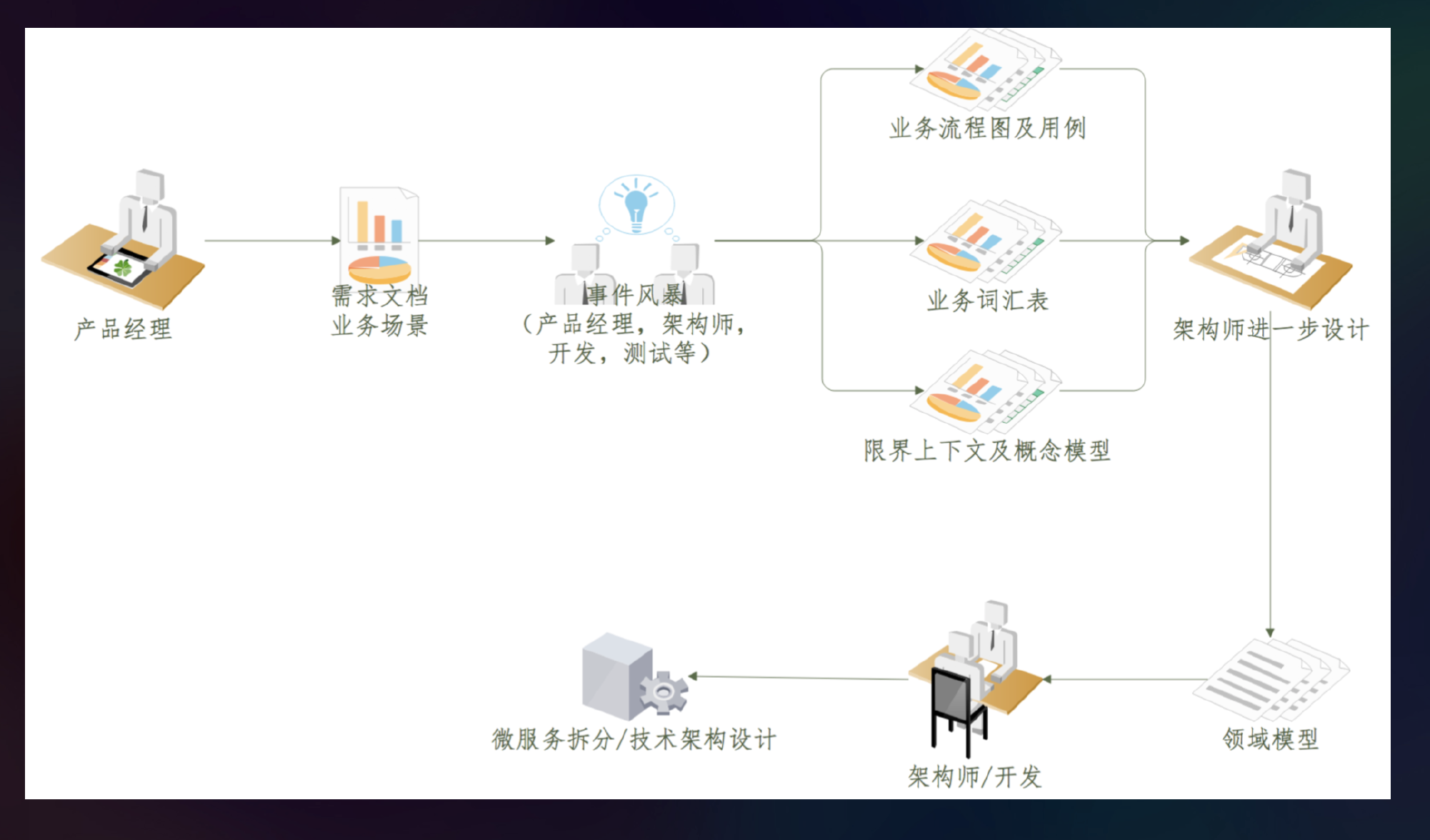
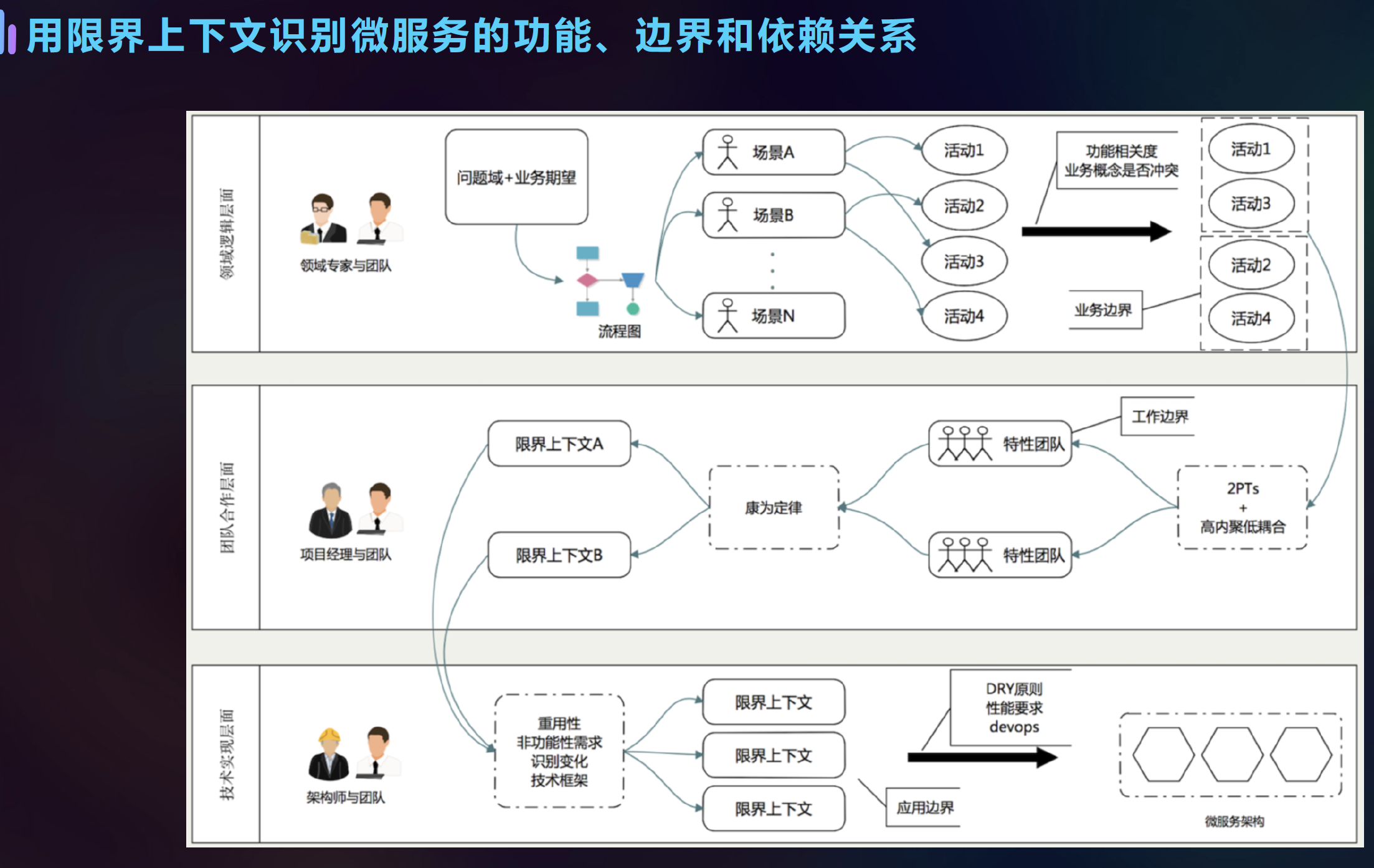
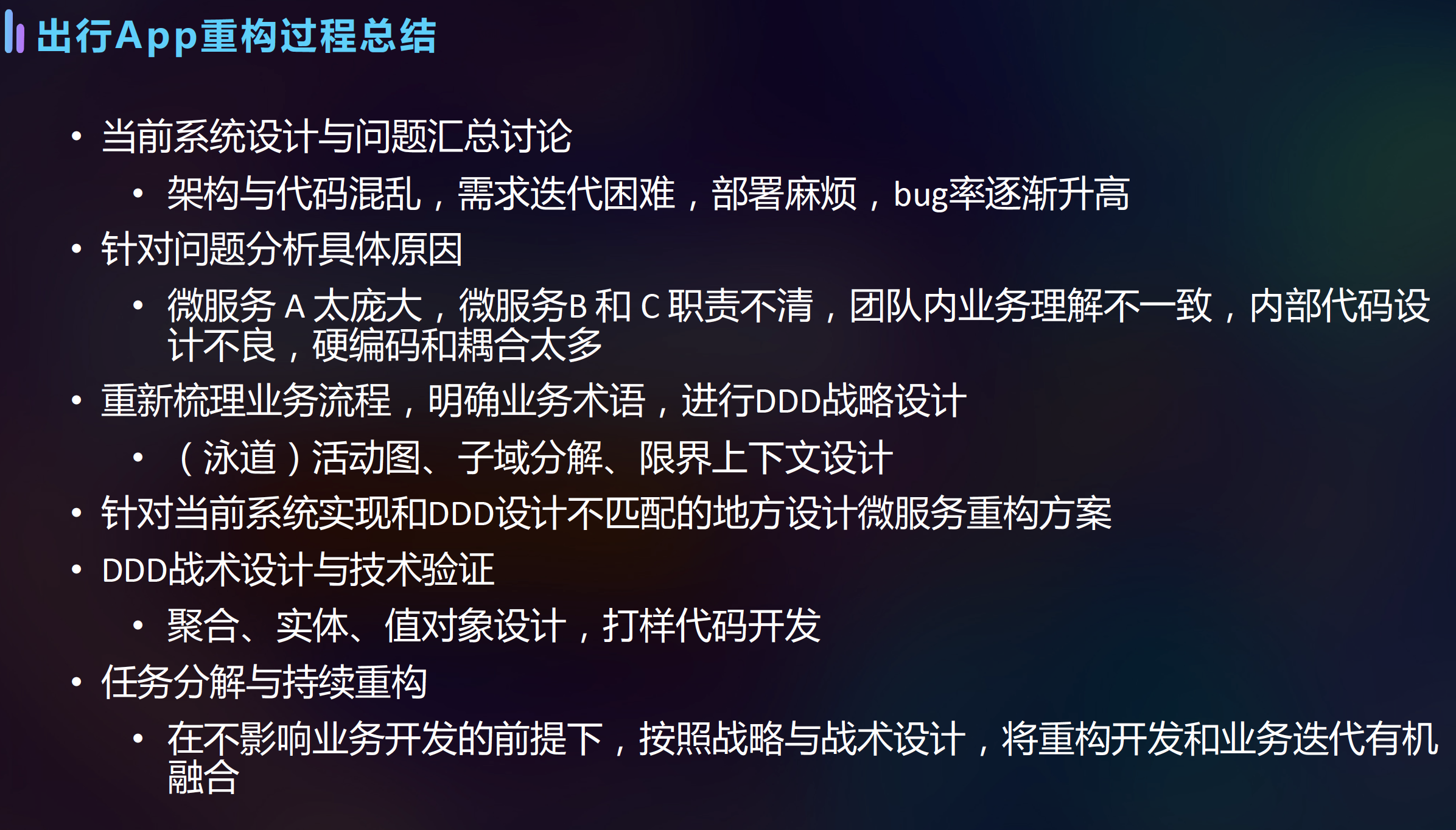












评论